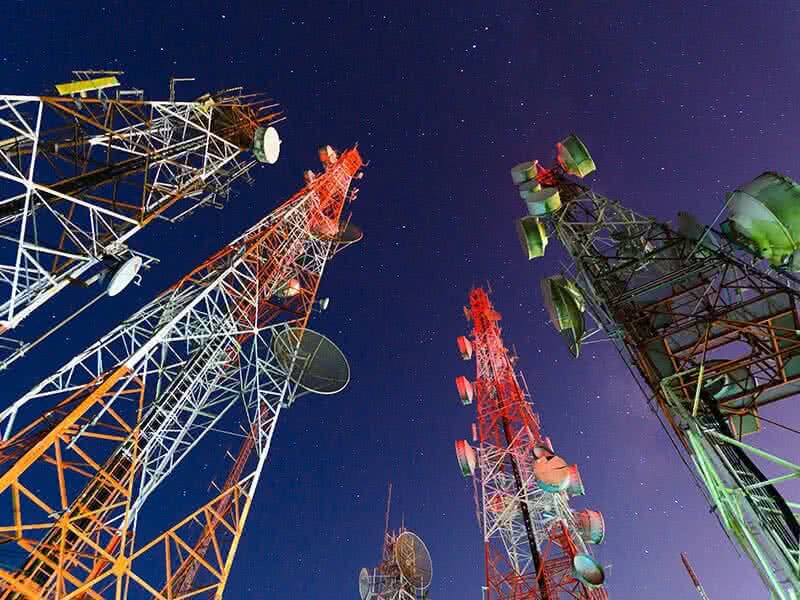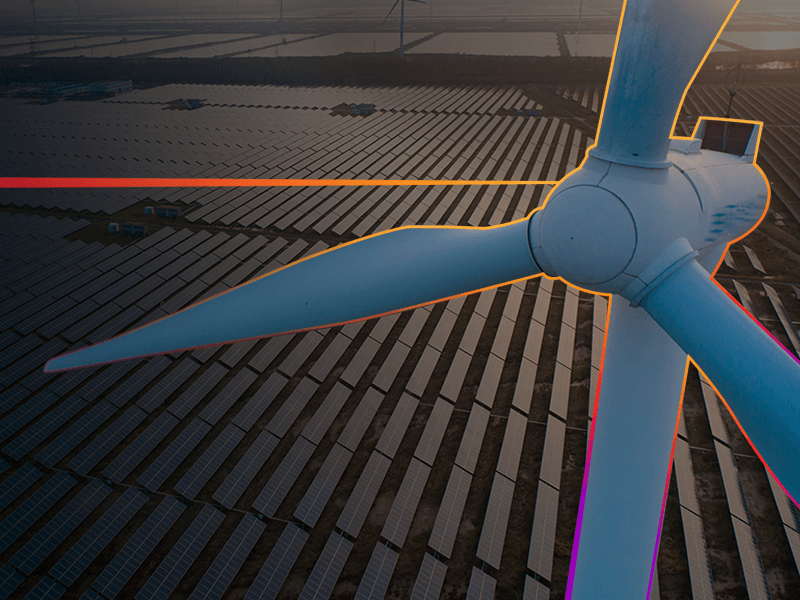The fifth generation of mobile networks are likely to be one of the most important technologies of this decade. If the technology fulfils its potential, experts reckon that it will change how we work, communicate and consume entertainment.
The rollout, which has begun in a growing number of countries, could provide a much-needed new source of revenue for telecommunication operators who have seen a succession of their services − voice, messaging, and broadband connectivity − become commoditised and profit margins fall.
About 40% of the world’s population is expected to have access to 5G by 2024, according to one forecast. Another reckons that 5G will enable $13.1 trillion in sales by 2035.
To reap these rewards, however, telecom operators and “towercos” (which own telecom assets such as tower masts and lease them to telecom operators) must overcome some major challenges.
Networks must improve latency (the time required for a set of data to travel between two points) while coping with an exponential rise in data and 5G-related software applications, running on data-hungry artificial intelligence and Internet-connected devices, or “Internet of Things” (IoT).
Perhaps the biggest challenge, however, will be delivering all these things without a spike in energy costs. Energy costs already account for between 5% and 7% of telco companies’ operating expenditure, according to research by STL, a telco research company and consultancy, in partnership with Vertiv.
Energy Costs
The research, published in February, predicted that global 5G traffic will overtake 3G/4G traffic by 2025. Forty per cent of the 500 enterprises questioned by the research said that energy efficiency should be the first or second priority for telecom operators when deploying 5G networks.
The move to 5G is likely to increase total network energy consumption by between 150% to 170% by 2026, according to research by Vertiv and 451 Research, with the largest increases in macro, node and network data centres. If telcos’ energy costs balloon with 5G, it could erode telecom operators’ profits and blow a hole in their promises to reduce greenhouse gas emissions and become carbon neutral over the next three decades. And that could see a backlash from consumers, as well as pressure from governments, investors and regulators to improve their environmental record.
Even though 5G networks are estimated to be up to 90% more efficient than their 4G predecessors, they still require far more energy due to increased network density, heavy reliance on IT systems, and increased network use and accelerated traffic growth.
How can telcos, towercos and data centre operators deliver 5G without it costing the earth? This was one of the subjects discussed at the TowerXchange Meetup Europe 2021.
In a group discussion at the event (‘Addressing the 5G Energy Issue’), industry experts, including Vertiv’s Jon Abbott, technologies director, global telecom strategic clients, Europe, Middle East and Africa, discussed the challenges and opportunities of 5G energy consumption. They also discussed forecasting and monitoring energy, cooling technologies, the benefits of lithium-ion batteries and using renewable energy on towerco sites.
Smart Data
In a wide-ranging discussion, panellists said that, although it was hard to accurately forecast how quickly 5G networks would be introduced around the world, or how much they would increase energy consumption, they agreed that making them environmentally sustainable is vital for the future of the telecoms industry.
“[5G] will require modernisation of [telco] sites, but there are also opportunities to implement green power solutions [and] achieve net zero,” said Michel Fraisse, CTO and vice president of site energy facility domain (EMEA) at telecoms company Huawei. “We believe that technology is not against nature, but part of nature.”
Priorities should include improving software monitoring of energy consumption for energy use, checking that cooling technology in data centres and networks is energy efficient, and using renewable energy on-site to provide an increasing amount of its power.
“Most European [telco] sites have transferred to fan filters, but there is still considerable room for improvement in energy efficiency in other areas, such as radio towers, said Abbott. “The radio equipment is now being placed at the top of the [phone] mast but is being energised from the bottom of the mast via a legacy system. It’s a mixed bag of technology.”
Anastasios Koumparos, who leads energy management activities at Vantage Tower, a European tower company, added that “freecooling” technology – lowering the temperature in a data centre by pumping in naturally cool air or water from outside − and increasing the use of lithium-ion batteries, could improve 5G’s energy efficiency.
Edge Data Centres
Yildiray Ornekli, network infrastructure manager at Turkish telecom operator, Turkcell, said that it was trying to improve its energy efficiency in two main ways. The first, is by replacing old hardware such as power system “rectifiers” and air conditioning. The second way is by building a software platform to monitor and connect all data on energy consumption.
Tower companies and telcos are beginning to power some of their networks by on-site renewable energy. In emerging markets in Africa, many telcos and towercos are “off-grid”, or relying on erratic grids, said Stuart Kelly, vice president of market development for Bladon Micro Turbine. Renewable energy may seem like the logical alternative, but it is not always considered to be reliable enough, he said.
Panellists also discussed Edge computing – where data is processed closer to the end user or device at the “edge” of the network in places like 5G cell towers and small, prefabricated data centres.
5G networks will run on millions of servers, most of which will be in smaller edge data centres. In addition to network functions, these distributed facilities will also support edge compute workloads for 5G-enabled applications such as augmented reality and virtual reality.
Some 5G services will require an extremely low latency. Using edge data centres can help deliver low latency because “the data will not have the time to go from the ground to cloud and go back to earth,” said Fraisse from Huawei.
Some of the investments in 5G and energy efficiency will be relatively quick and easy to make, but others will take far longer and be more costly, said Vertiv’s Abbott. Creating efficient, profitable and sustainable 5G networks, is a major challenge telcos and data centres may need to plan for a longer return on investment period compared to previous projects, Abbott added.





